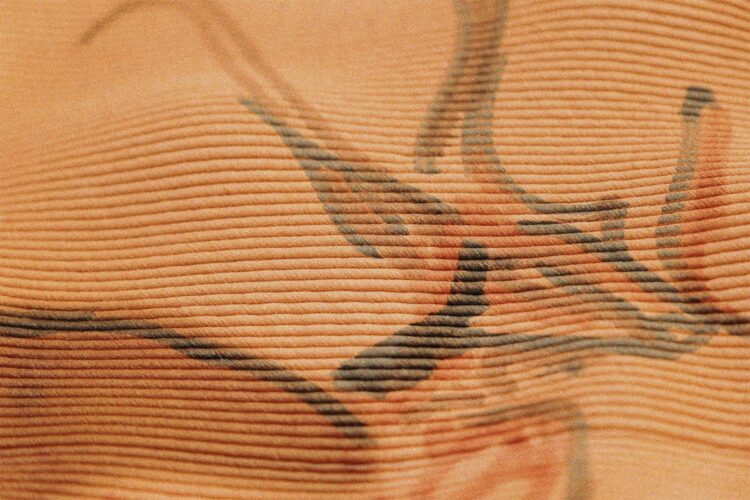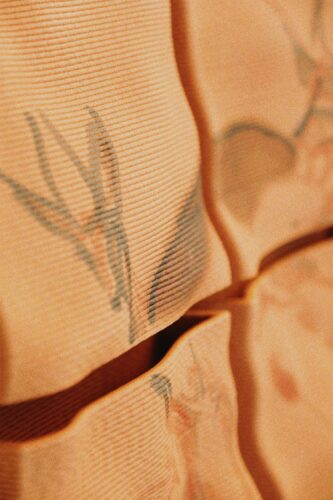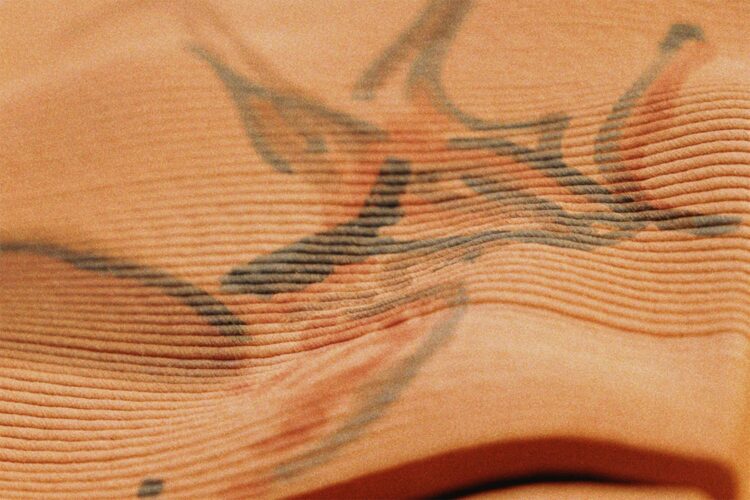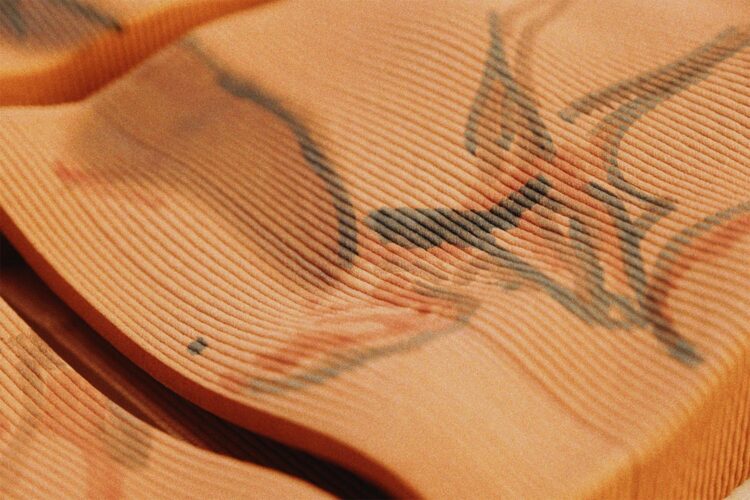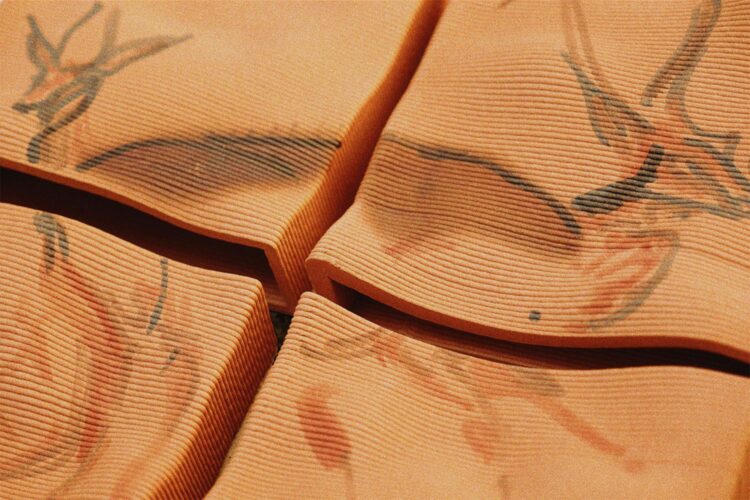EXPOSICIONES
Perpetual Present
Sofía Crespo
13 sep. — 17 nov. 2024
Museo Nacional y Centro de Investigación de Altamira
— Santillana del Mar
Inauguración
13 de septiembre
Horarios de la sede
Septiembre - octubre
Martes a sábado de 9h30 a 20h
Domingos y festivos de 9h30 a 15h
Desde noviembre
Martes a sábado de 9h30 a 18h
Domingos y festivos de 9h30 a 15h
Sede
Museo Nacional y Centro de Investigación de Altamira
Avenida Marcelino Sanz de Sautuola, s/n
Mapa
A medida que aumenta la distancia que nos separa de los pobladores de las cuevas de Altamira, otorgamos mayor relevancia a las herramientas que utilizaron para grabar, pintar y desarrollar el conjunto artístico que puebla sus paredes. Este proyecto parte de dos cuestiones: ¿cómo podríamos reinterpretar estas pinturas —realizadas en un pasado remoto por varias generaciones de seres humanos— mediante las tecnologías disponibles en la actualidad? Por otro lado, habida cuenta de la relación entre el arte rupestre y su contexto ecosistémico, ¿cómo podemos representar nuestra propia relación con los ecosistemas actuales? Se trata de una cuestión apremiante, ya que varias de las especies representadas por nuestros antepasados se han extinguido.
As the distance that separates us from the inhabitants of the Altamira caves increases, we attach greater relevance to the tools they used to engrave, paint and develop the artistic ensemble that populates its walls. This project starts from two questions: how could we reinterpret these paintings – made in the remote past by several generations of human beings – using the technologies available today? On the other hand, given the relationship between rock art and its ecosystemic context, how can we represent our own relationship with today’s ecosystems? This is a pressing question, as several of the species represented by our ancestors have become extinct.
The work Perpetual Present aims to recreate the creations of our ancestors through a process that ranges from image generation using a machine learning model trained from millions of images of the natural world, to 3D printing and robotic painting on clay. The work posits that although the Altamira paintings were created in the past, we cannot help but see them through the eyes of the moment in which we live. By superimposing our digital eye, a new plasticity emerges from the seemingly inert surface of the caves.
In this way, the evocation of the past allows us to discourse on our present and turn technology into legacy. Let’s keep in mind that the systems and hardware that create the work might not last more than a handful of years, but their physical impressions might outlive any contemporary viewer. Although we tend to link technology and the future, the tools of the present are outdated, just as those of the inhabitants of the Altamira cave were.
Perpetual Present asks how the interaction of new advances can fuel our understanding and view of the world, and how we might transmit what remains of our culture through time.


